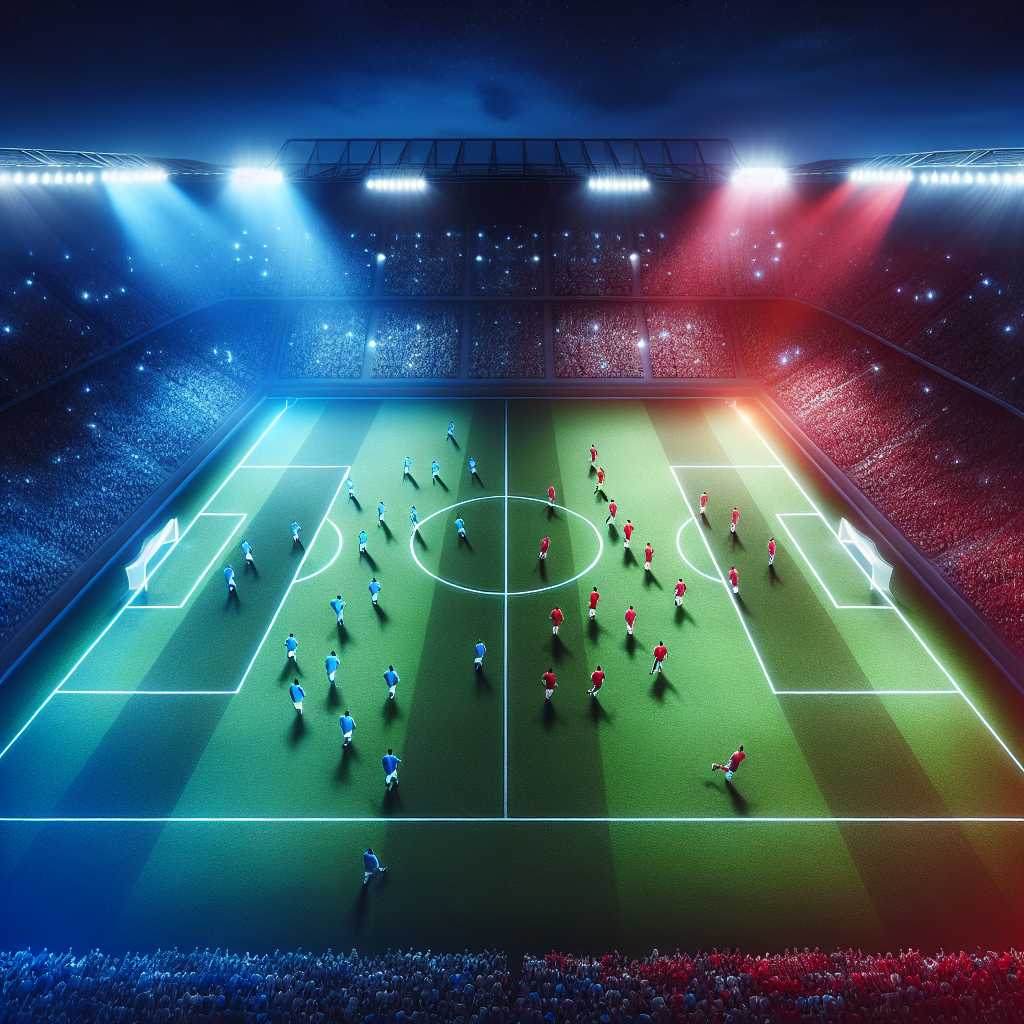The Intense Rivalry of Manchester: A Deep Dive into the Man City vs Man United Dynamic
Manchester City and Manchester United stand as two of the most formidable and successful football clubs not only in the Premier League but in the international arena as well. Their confrontations on the pitch, known as the Manchester Derby, have epitomized the fierce rivalry that exists between adjoining sides within the same city. This article delves into the historical significance, the evolving dynamics between the two teams, player movements, managerial strategies, and community impact, providing a comprehensive account of this grand sporting rivalry.
Historical Backdrop of the Manchester Derby
The relationship between Manchester City (formerly Ardwick Association Football Club) and Manchester United (formerly Newton Heath LYR Football Club) dates back to their first meeting in November 1881. Over time, the fixture has developed a tradition steeped in history and intensified by close geographical proximity and social importance.
Development of Manchester City’s Prominence
Manchester City has historically been the underdog to United’s heavyweight reputation, particularly during United’s spellbinding success under Sir Alex Ferguson. However, with the significant investment following their acquisition by Abu Dhabi United Group in 2008, Manchester City emerged as a powerhouse, both economically and in terms of on-pitch success.
Manchester United’s Uneven Journey Post-Ferguson
Following Sir Alex Ferguson’s retirement in 2013, Manchester United have faced fluctuating fortunes. Attempts to restore their premier status have seen a series of managerial changes and a notable revamping of tactics and squad depth, intending to contest Manchester City’s growing dominance.
The Changing Tide in Manchester Football
The balance of power in Manchester has fluctitated throughout history, and recent years have seen substantial shifts. Both clubs have invested heavily in world-class talents and infrastructure—a battle for supremacy reflecting in their globe-spanning fanbases.
Tactics and Team Strategies: The Clash of Giants
The tactical duel between coaches often encapsulates the intrigue behind every derby game. Each way these managers orchestrate their teams contributes significantly to the outcome and pageantry surrounding these fiercely contested matches.
Heritage and Evolution of Player Loyalties
Player movements between the two clubs are rare and always headline-worthy due to the impassioned fan bases. This section explores high-profile transfers between Man City and Man United, their repercussions, and allegiance variations over time.
Economic Impact: A Derby of Monetary Magnitude
The derby extends beyond the pitch with implications for local business revenue and global merchandise sales. Sponsorship deals, media rights, and branding elevate the economic significance of this age-old rivalry.
Cultural Significance: Solidarity Amidst Rivalry
Drawing attention to community projects endorsed by both teams, this section illuminates how most city derbies can foster camaraderie and social responsibility alongside fierce competition on the field.
Community and Social Effect: The Power Beyond Football
Manchester’s identity is encapsulated within both clubs, reflecting wider social complexities such as working-class origins, international appeal, and collective identity.
